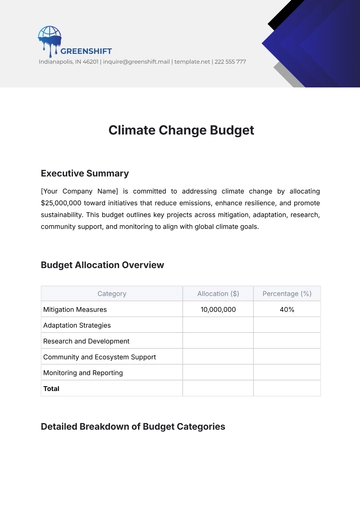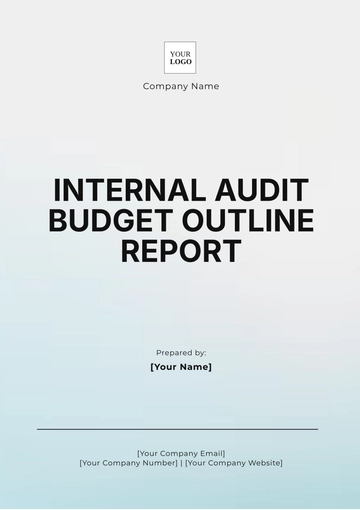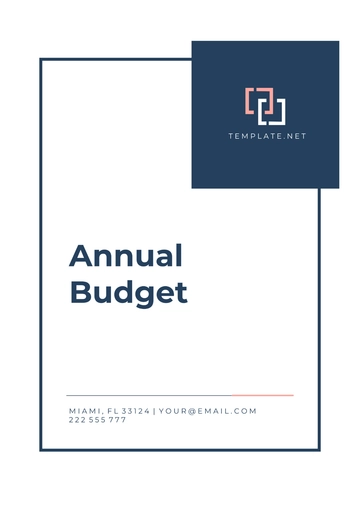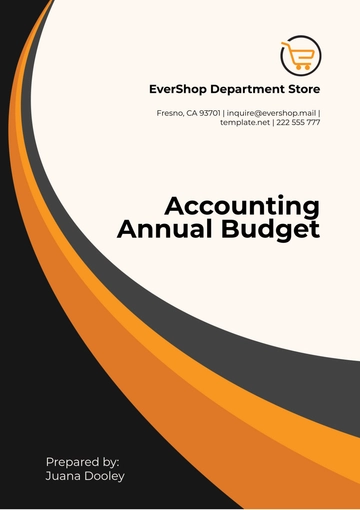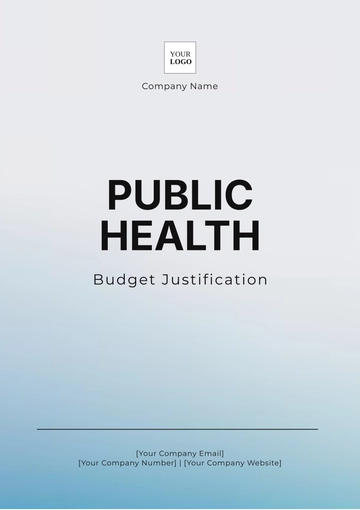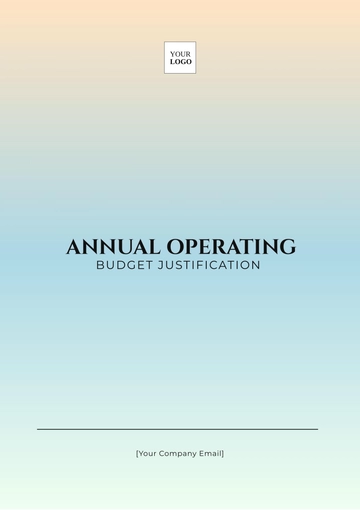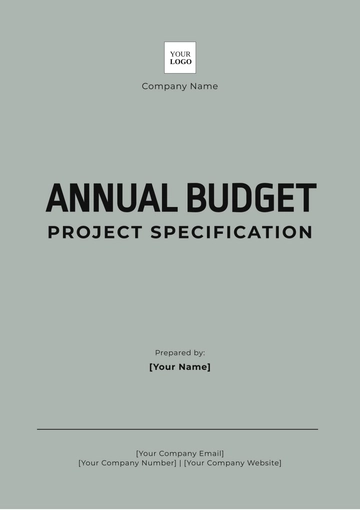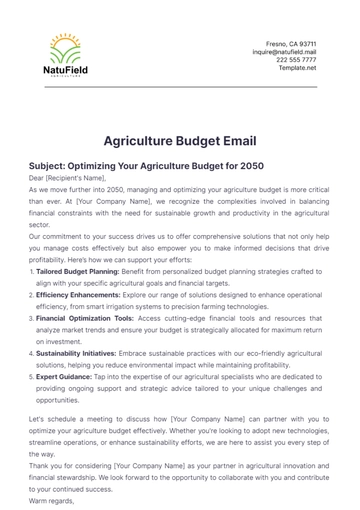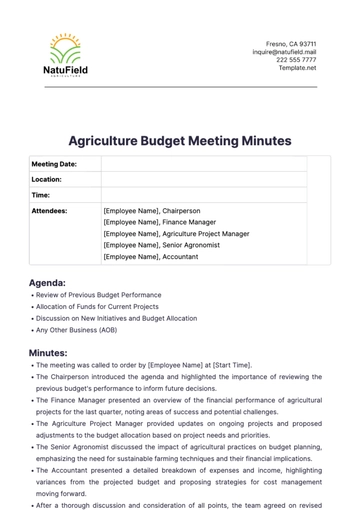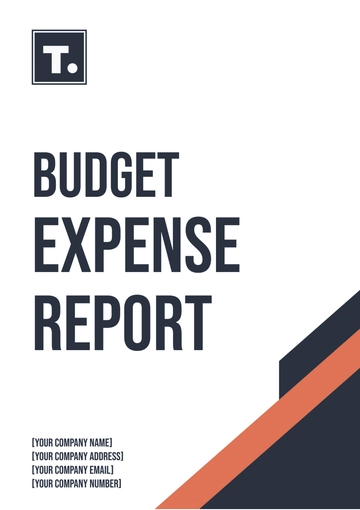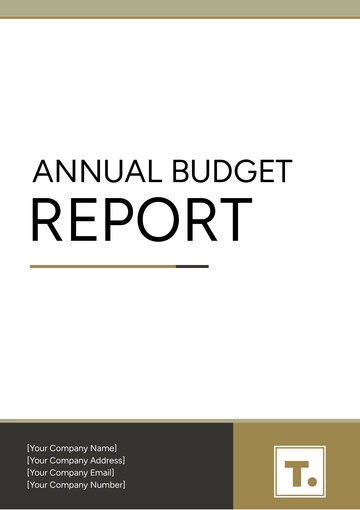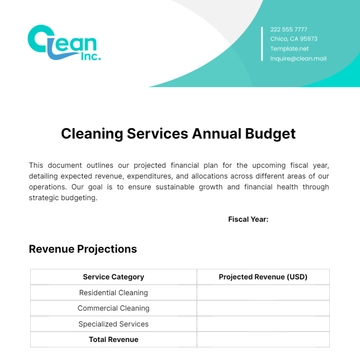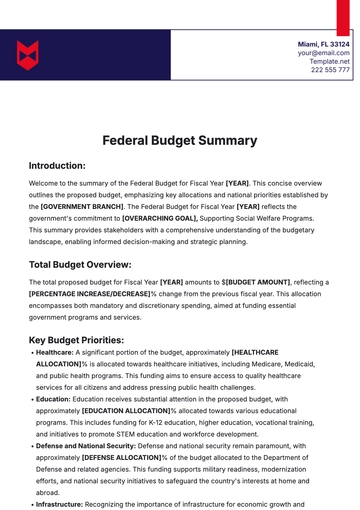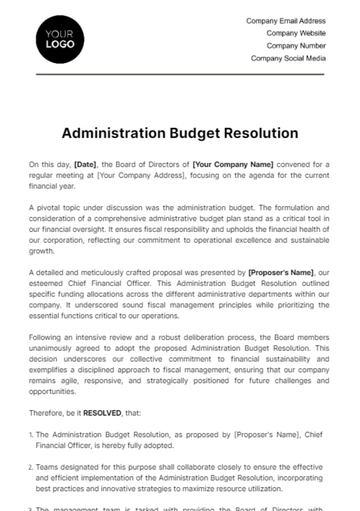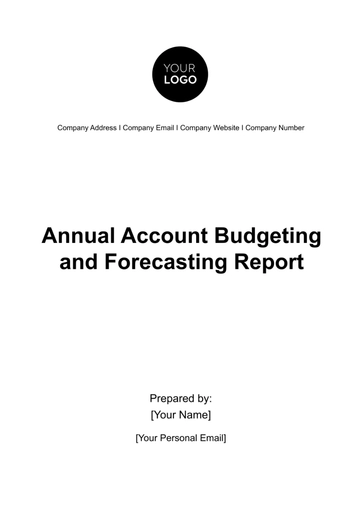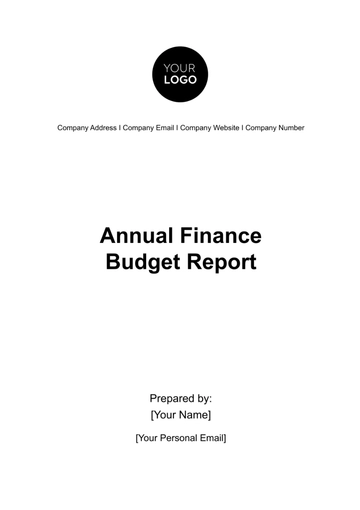Free Accounting Annual Budget
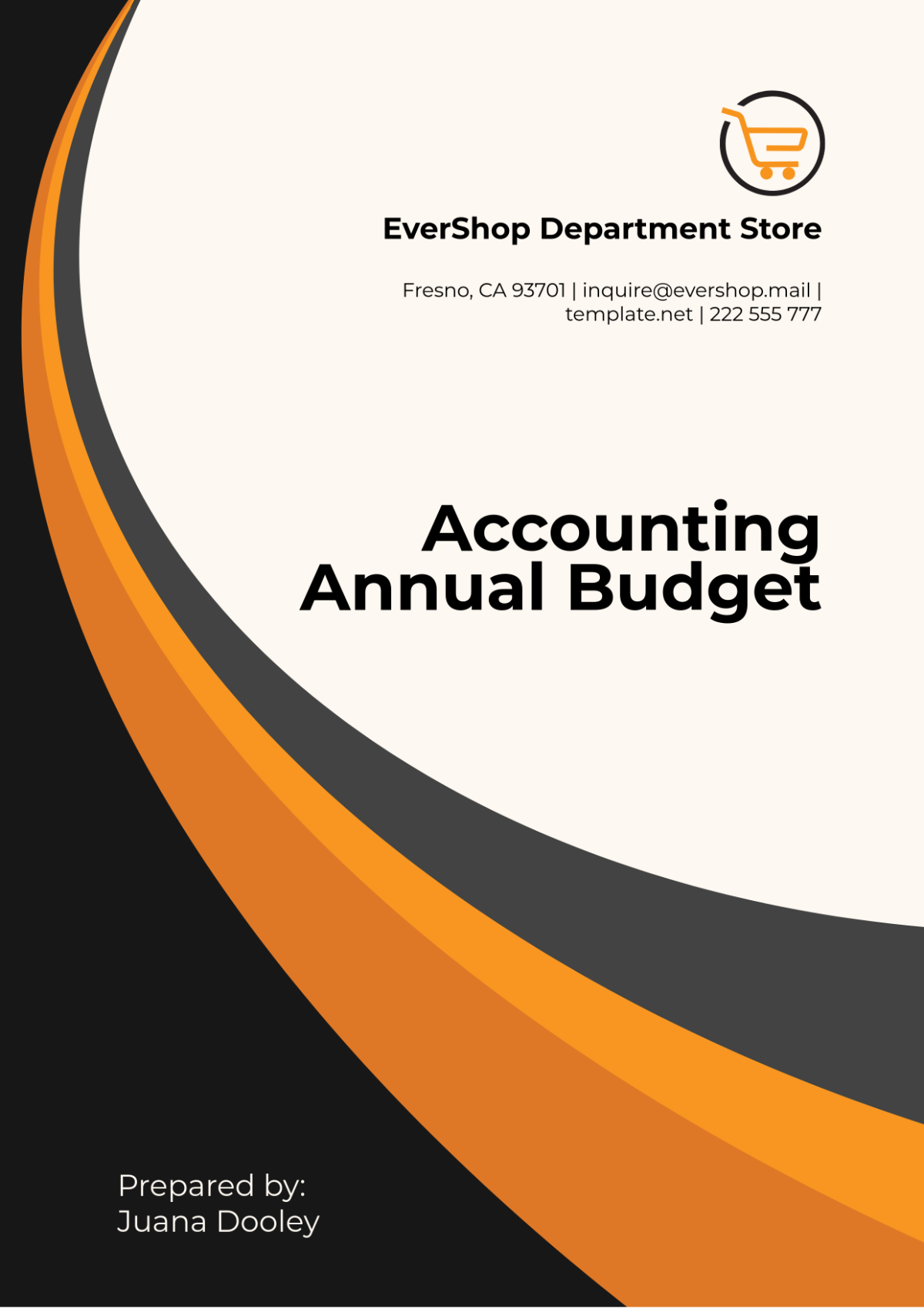
I. Introduction
This Annual Budget outlines the financial plans and allocations for [Your Company Name] for the fiscal year [2051]. It includes projected revenues, estimated expenses, and budget allocations for various departments and activities. The goal is to provide a detailed financial framework that supports the firm's strategic objectives, ensures efficient resource utilization, and supports sustainable growth.
II. Revenue Projections
Revenue projections are critical for planning and budgeting as they provide insight into expected income from various sources. This section outlines the anticipated revenues for the firm based on historical data, market trends, and business development efforts.
Revenue Source | Projected Amount |
|---|---|
Client Services | $3,000,000 |
Consulting Fees | $500,000 |
Advisory Services | $400,000 |
Other Income | $100,000 |
Total Revenue | $4,000,000 |
The projected total revenue of [$4,000,000] is based on a combination of client services, consulting fees, and advisory services. This forecast reflects expected growth and demand for the firm's services.
III. Expense Budget
The expense budget details the anticipated costs required to run the firm's operations. Proper expense management ensures that the firm remains within its financial means while supporting its operational and strategic goals.
A. Operational Expenses
Expense Category | Budgeted Amount |
|---|---|
Salaries and Wages | $1,200,000 |
Rent and Utilities | $300,000 |
Office Supplies | $50,000 |
IT and Software | $150,000 |
Marketing and Advertising | $200,000 |
Travel and Meals | $100,000 |
Professional Fees | $75,000 |
Insurance | $50,000 |
Miscellaneous Expenses | $25,000 |
Total Operational Expenses | $2,150,000 |
Operational expenses are projected at [$2,150,000], reflecting major costs such as salaries, rent, and IT services. The allocation ensures that essential operational areas are adequately funded while maintaining financial discipline.
B. Capital Expenditures
Capital Expenditure | Budgeted Amount |
|---|---|
Office Renovations | $200,000 |
Equipment Purchases | $100,000 |
Software Upgrades | $75,000 |
Total Capital Expenditures | $375,000 |
Capital expenditures of [$375,000] are allocated for office renovations, equipment purchases, and software upgrades. These investments are crucial for maintaining and enhancing operational capabilities.
C. Contingency Fund
Contingency Item | Budgeted Amount |
|---|---|
Emergency Fund | $100,000 |
Unforeseen Expenses | $50,000 |
Total Contingency Fund | $150,000 |
A contingency fund of [$150,000] is set aside to address unexpected expenses or emergencies. This ensures that the firm can handle unforeseen financial challenges without disrupting its operations.
IV. Budget Allocation by Department
Departmental budget allocations reflect the financial resources assigned to each department for their operational and strategic activities. Proper allocation supports departmental goals and aligns with the overall financial strategy of the firm.
Department | Budgeted Amount |
|---|---|
Accounting | $500,000 |
Client Services | $1,000,000 |
Consulting | $400,000 |
Marketing | $200,000 |
IT | $150,000 |
Human Resources | $150,000 |
Administration | $250,000 |
Total Departmental Budget | $2,650,000 |
Departmental budgets are allocated based on operational needs and strategic priorities. Significant investments in client services and accounting reflect their critical roles in the firm's success.
V. Financial Summary
The financial summary provides an overview of the budget, combining revenue projections with total expenses and capital expenditures. This summary helps assess the overall financial health and sustainability of the firm.
Financial Item | Amount |
|---|---|
Total Revenue | $4,000,000 |
Total Operational Expenses | $2,150,000 |
Total Capital Expenditures | $375,000 |
Total Contingency Fund | $150,000 |
Total Expenses | $2,675,000 |
Net Profit | $1,325,000 |
The net profit of [$1,325,000], after accounting for total expenses and capital expenditures, indicates a positive financial outlook for [2051]. This surplus supports continued growth and investment in the firm's future.
VI. Next Steps
The next steps outline the actions needed to implement the budget effectively and ensure financial management aligns with the firm's strategic goals.
Budget Review and Approval: Present the annual budget to senior management for review and approval. Ensure alignment with strategic goals and adjust as needed.
Implement Budget Controls: Establish controls to monitor budget adherence and manage expenditures. Regularly review financial performance and make adjustments as necessary.
Monitor and Report: Track actual financial performance against the budget on a monthly basis. Prepare and distribute financial reports to management for review.
Evaluate and Adjust: Evaluate the effectiveness of the budget and make adjustments based on performance data and changing conditions.
This Accounting Annual Budget provides a detailed financial plan for [Your Company Name] for the year [2051], covering revenue projections, expense budgets, capital expenditures, and departmental allocations. The budget ensures strategic financial management, supports operational efficiency, and positions the firm for growth and stability.
- 100% Customizable, free editor
- Access 1 Million+ Templates, photo’s & graphics
- Download or share as a template
- Click and replace photos, graphics, text, backgrounds
- Resize, crop, AI write & more
- Access advanced editor
Plan your finances effectively with our Accounting Annual Budget Template from Template.net. Fully customizable and editable, this template offers a comprehensive layout for organizing and tracking your annual budget. Easily personalize the budget, editable in our Ai Editor Tool, to align with your financial goals and organizational needs. Download now!
You may also like
- Budget Sheet
- Personal Budget
- Non Profit Budget
- Monthly Budget
- Project Budget
- HR Budget
- Company Budget
- Home Budget
- Weekly Budget
- College Budget
- Business Budget
- Construction Budget
- Small Business Budget
- Hotel Budget
- Annual Budget
- Home Renovation Budget
- Household Budget
- Student Budget
- Grocery Budget
- Marketing Budget
- Corporate Budget
- Startup Budget
- Manufacturing Budget
- Church Budget
- University Budget
- Annual Budget Plan
- Event Budget
- Operating Budget
- Travel Budget
- Food Budget
- IT and Software Budget
- School Budget
- Real Estate Budget
- Sales Budget
- Conference Budget
- Budget Finance
- Freelancer Budget
- Budget Advertising

